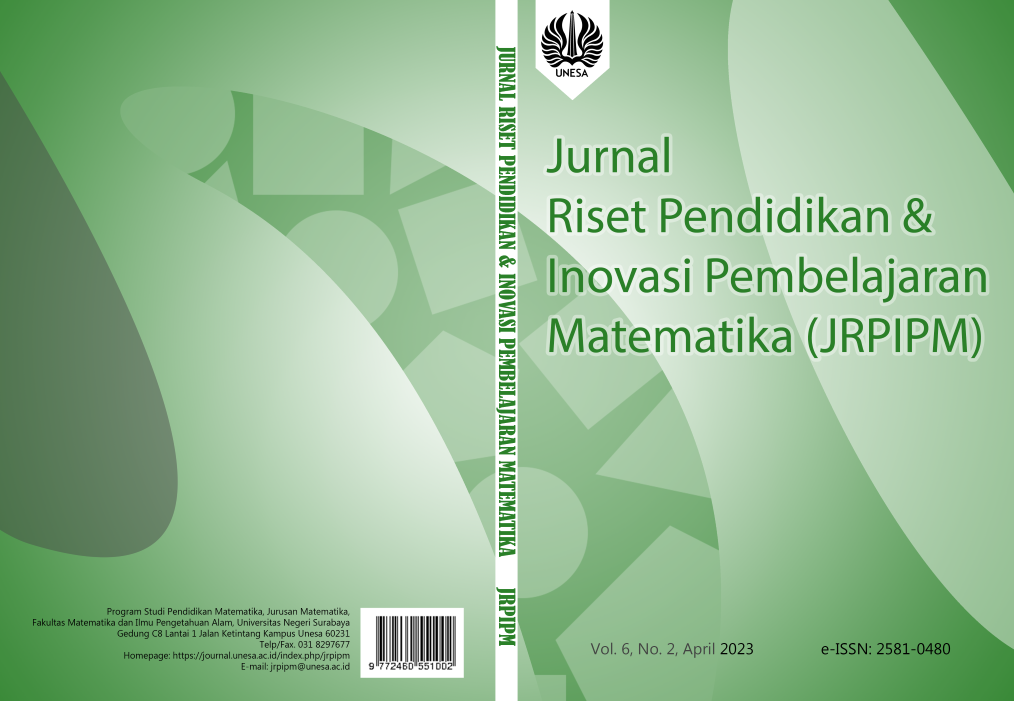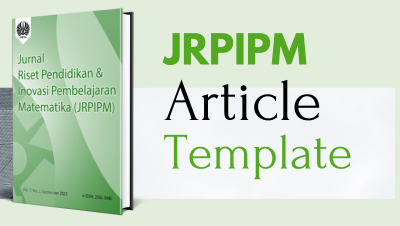Conventional versus Peer Teaching in Flipped Classroom: Which is Better at Increasing Students’ Conceptual Understanding and Self-Efficacy?
DOI:
https://doi.org/10.26740/jrpipm.v6n2.p111-130Keywords:
Conceptual Understanding, Self-Efficacy, Flipped Classroom, Peer Teaching Flipped ClassroomAbstract
Calculus is one of the branches of mathematics which is often deemed difficult by students, indicated by students' weak conceptual understanding and low self-efficacy in calculus-related courses. Thus, innovative learning needs to be encouraged to overcome this problem. This study compares the effectiveness of whether a conventional or peer-teaching method is better at increasing students' conceptual understanding and self-efficacy in flipped classroom teaching practices. A descriptive quantitative method was used in this study. This research was conducted in two classes in the calculus course at a teacher education program at a university in West Sumatra. The first class was taught in a Conventional Flipped Classroom (CFC) with 34 students. The second class took place in a Peer Teaching Flipped Classroom (PTFC) with 36 students. Pre-test, post-test, self-efficacy questionnaires, and field notes were used for data collection. Data analysis techniques were performed using graphs. Results indicate that students' conceptual understanding and self-efficacy by peer teaching were better in the flipped classroom than in the conventional flipped classroom. Also, students’ academic background was found to be influential to students’ conceptual understanding and self-efficacy. We reveal that the student’s previous level of achievement in a peer-teaching flipped classroom influences their conceptual understanding and self-efficacy. This study suggests that future researchers and practitioners may implement peer-teaching flipped classrooms in advanced calculus. It is recommended that the group division should also consider the students’ prior achievement level.
Keywords: Conceptual Understanding; Self-Efficacy; Flipped Classroom; Peer Teaching Flipped Classroom
References
B. W. Bequette, Innovations in Process Control Education: A Flipped Classroom/Studio Approach. Elsevier. San Diego, California, USA, 2018.
A. Bandura, Self-efficacy: The Exercise of Control. New York: Freeman, 1987.
Downloads
Published
How to Cite
Issue
Section
 Abstract views: 342
,
Abstract views: 342
, PDF Downloads: 265
PDF Downloads: 265







